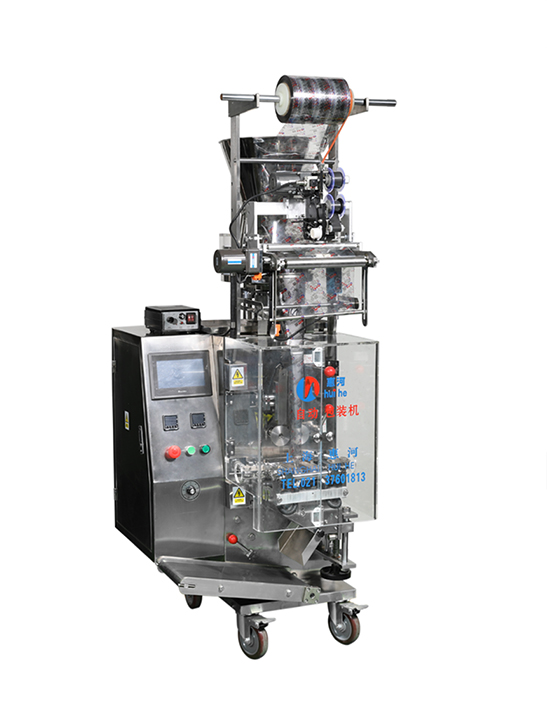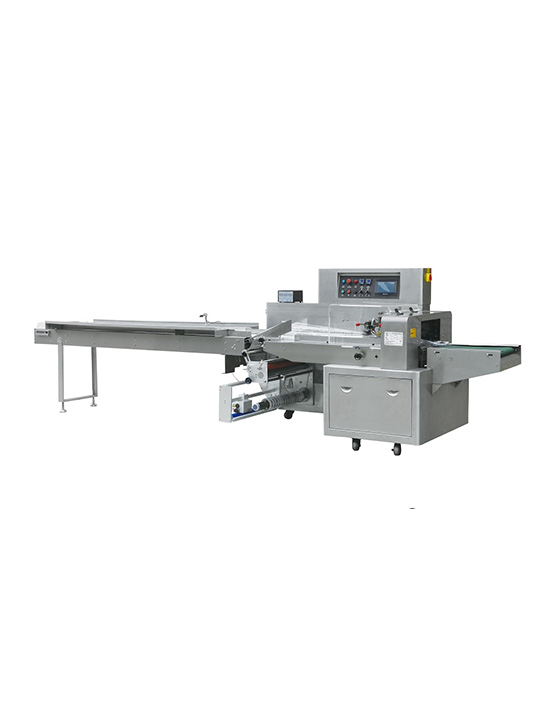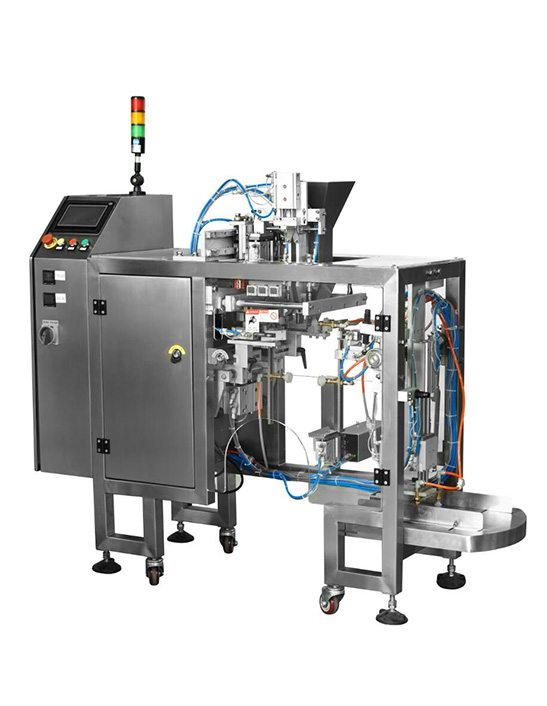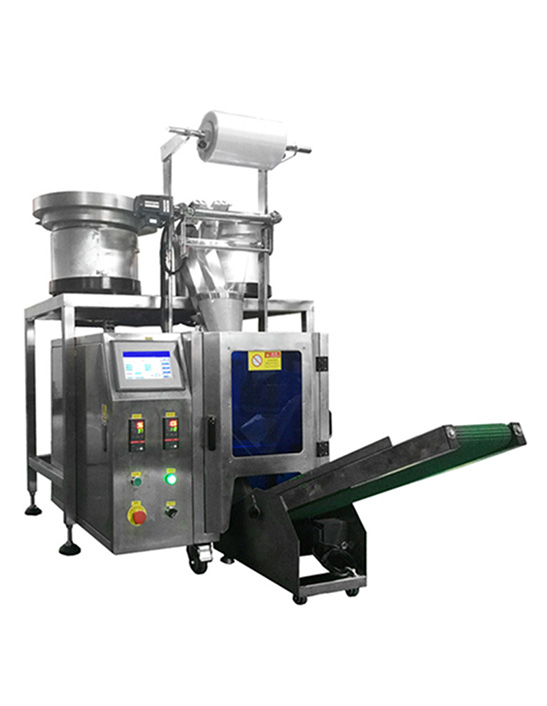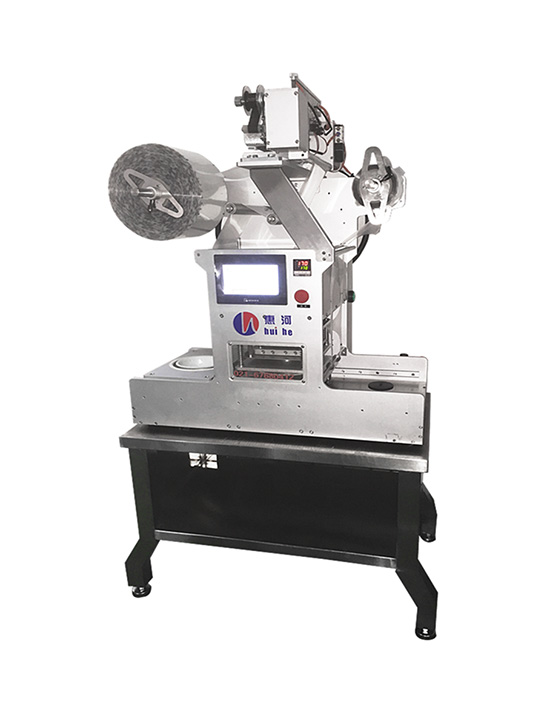In the fast-paced and highly regulated world of pharmaceuticals, precision, efficiency, and hygiene are paramount. Every tablet that reaches a patient must be properly counted, sealed, and protected from environmental contamination. But how do manufacturers achieve such consistency at massive production scales? The answer lies in a remarkable piece of technology — the Tablet Packing Machine.
Let’s explore what a tablet packing machine is, how it works, and why it’s an indispensable component of modern pharmaceutical production lines.
What Is a Tablet Packing Machine?
A Tablet Packing Machine is a specialized piece of equipment used to pack pharmaceutical tablets into various packaging formats, such as blister packs, strip packs, bottles, or sachets. Its primary function is to protect tablets from moisture, light, oxygen, and mechanical damage while ensuring accurate counting and packaging.
Tablet packing machines are integral to pharmaceutical manufacturing facilities because they not only automate the packaging process but also maintain compliance with stringent international standards like GMP (Good Manufacturing Practice), FDA, and CE regulations.
Why Is Tablet Packaging So Important?
Packaging may seem like a finishing touch, but in pharmaceuticals, it is vital for safety, quality, and compliance. The main purposes of tablet packaging include:
- Protection: Tablets are sensitive to humidity, light, and oxygen. Packaging creates a protective barrier that maintains drug stability and potency.
- Hygiene: Automated packing minimizes human contact, reducing contamination risks.
- Dosage Accuracy: Each tablet is counted and sealed in precise quantities to ensure proper dosing.
- Identification and Branding: Printed packaging provides product details, dosage instructions, and traceability codes.
- Tamper Evidence: Modern packages are designed to show if they have been opened or altered.
Without reliable packaging, even the most effective medicine could lose its therapeutic value before reaching the patient.
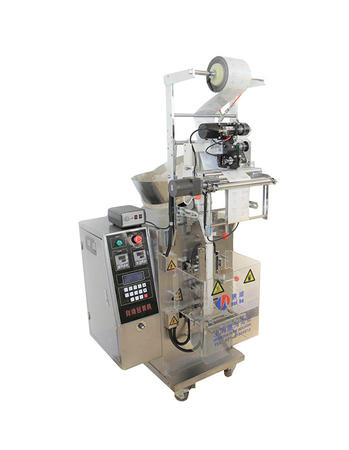
How Does a Tablet Packing Machine Work?
Although specific designs vary, most tablet packing machines follow a structured process that includes feeding, counting, filling, sealing, and labeling. Let’s break down each stage:
-
Tablet Feeding System
Tablets are transferred from the production line into the machine’s hopper. Vibratory feeders or rotary feeders ensure a continuous and uniform tablet flow.
-
Counting and Orientation
Advanced counting systems — often equipped with optical sensors or electronic photoelectric technology — detect and count tablets accurately to prevent underfilling or overfilling.
-
Filling Station
The counted tablets are filled into the packaging material — whether that’s a blister cavity, strip, or bottle — with exceptional precision.
-
Sealing Process
Depending on the packaging type, heat sealing, pressure sealing, or ultrasonic sealing is applied to enclose the tablets safely. For blister packs, the machine bonds the plastic cavity sheet with aluminum foil.
-
Printing and Coding
Batch numbers, manufacturing dates, and expiration dates are printed using inkjet or laser printers to ensure traceability and compliance.
-
Inspection and Rejection System
Quality control systems automatically detect missing tablets, broken seals, or labeling errors. Defective packs are ejected to maintain quality standards.
-
Output and Collection
Finished packages are collected, stacked, and transferred to the next stage of secondary packaging — such as boxing or cartoning.
This high degree of automation ensures consistency, reduces manual labor, and minimizes the risk of human error.
What Are the Main Types of Tablet Packing Machines?
Tablet packing machines come in various configurations, depending on the packaging style and production capacity required. The main types include:
1. Blister Packing Machine
- The most common machine in the pharmaceutical industry.
- Uses PVC or aluminum foil to form cavities (blisters) that hold each tablet individually.
- Provides excellent protection against moisture and contamination.
- Can produce Alu-PVC, Alu-Alu, or cold-form blisters.
2. Strip Packing Machine
- Tablets are sealed between two layers of heat-sealable material (often aluminum foil).
- Suitable for smaller tablets and moisture-sensitive drugs.
- Compact design and easy to operate, ideal for medium-scale production.
3. Bottle Packing Machine
- Designed for counting and filling tablets into bottles or containers.
- Integrated with automatic capping and labeling systems for complete packaging.
- Commonly used for over-the-counter (OTC) medications and vitamins.
4. Sachet or Pouch Packing Machine
- Packs tablets in small, single-dose sachets or pouches.
- Ideal for travel packs, hospital use, or sample distribution.
- Highly customizable for branding and labeling.
Each type can be adapted to meet specific product and market requirements, from high-speed production lines to small-batch operations.
What Are the Key Features of Modern Tablet Packing Machines?
Technological innovations have transformed traditional packing machines into intelligent, automated systems. Key features include:
- High-Speed Operation: Capable of packing thousands of tablets per minute for large-scale production.
- Smart Control Systems: Touchscreen interfaces with PLC (Programmable Logic Controller) allow easy parameter adjustment and monitoring.
- Precision Counting: Optical sensors and digital cameras ensure accurate counting and placement.
- Servo-Driven Mechanisms: Provide smooth, energy-efficient operation with minimal mechanical wear.
- Compact and Modular Design: Saves space and simplifies maintenance.
- Automatic Fault Detection: Built-in sensors identify missing tablets, sealing errors, or film breakages.
- Compliance and Traceability: Designed to meet FDA and GMP guidelines with electronic batch records and coding capabilities.
These features make modern tablet packing machines not just faster but also smarter, safer, and more reliable.
What Materials Are Used for Tablet Packaging?
The selection of packaging materials directly affects the machine’s performance and the product’s shelf life. Common materials include:
- PVC (Polyvinyl Chloride): Widely used for forming blisters; offers transparency and flexibility.
- Aluminum Foil: Acts as a moisture and light barrier; used in combination with PVC or as cold-form material.
- PVDC (Polyvinylidene Chloride): Provides superior moisture resistance.
- PET and PE Films: Used for specific applications requiring stronger mechanical resistance.
Manufacturers often choose material combinations based on the drug’s sensitivity, storage conditions, and target market.
What Are the Advantages of Using Tablet Packing Machines?
- Increased Efficiency – Automating the packing process dramatically boosts production rates.
- Enhanced Accuracy – Precise counting and sealing reduce product loss and ensure dosing consistency.
- Improved Hygiene – Minimal human contact keeps products sterile and contamination-free.
- Reduced Labor Costs – Machines perform tasks that would require multiple operators.
- Consistent Quality – Every package meets the same standard, reducing variation.
- Regulatory Compliance – Machines ensure labeling, coding, and traceability in line with global pharmaceutical standards.
- Customization Flexibility – Easily adjustable for different tablet sizes, packaging formats, and branding needs.
These advantages make tablet packing machines a crucial investment for any modern pharmaceutical or nutraceutical production facility.
What Factors Should Be Considered When Choosing a Tablet Packing Machine?
Selecting the right machine depends on various operational and regulatory factors:
- Production Volume: High-speed models for mass production; semi-automatic ones for smaller batches.
- Tablet Type: Shape, size, and coating influence the feeding and sealing mechanisms.
- Packaging Format: Choose based on market requirements — blister, strip, or bottle.
- Material Compatibility: Ensure the machine supports the required packaging films or foils.
- Ease of Cleaning and Maintenance: Compliance with GMP standards requires easy disassembly and sanitation.
- Automation Level: Decide between fully automatic, semi-automatic, or manual systems.
- Cost and ROI: Evaluate energy consumption, spare parts availability, and long-term maintenance expenses.
Working closely with machine manufacturers helps ensure an optimal match between production goals and equipment specifications.
What Are the Latest Innovations in Tablet Packing Technology?
The industry is rapidly advancing with smart, eco-friendly solutions. Emerging trends include:
- Integration with Robotics: Automated loading, inspection, and palletizing to minimize manual labor.
- IoT and Smart Monitoring: Real-time data collection for predictive maintenance and quality tracking.
- Eco-Friendly Packaging: Use of recyclable films and paper-based alternatives.
- Compact Modular Systems: Flexible configurations for smaller production spaces.
- Enhanced Vision Systems: Cameras ensure 100% tablet presence and seal integrity.
These innovations improve productivity, traceability, and sustainability — key pillars of modern pharmaceutical manufacturing.
Conclusion: How Are Tablet Packing Machines Shaping the Future of Pharmaceuticals?
The Tablet Packing Machine is far more than just a piece of equipment — it is the heartbeat of pharmaceutical packaging lines. It guarantees product safety, precision, and compliance while meeting the growing global demand for high-quality medicines.
By combining automation, smart control, and hygienic design, these machines have revolutionized how tablets are packaged, stored, and delivered. As technology continues to evolve, future tablet packing machines will likely be even more intelligent, eco-friendly, and data-driven, further enhancing the efficiency and safety of the pharmaceutical industry.
In short, the tablet packing machine doesn’t just package pills — it packages trust, accuracy, and innovation for a healthier world.

 英语
英语 西班牙语
西班牙语 简体中文
简体中文

